Trending
Explained: All the 17 dietary guidelines issued by ICMR for Indians
Indian Council of Medical Research (ICMR) and National Institute of Nutrition (NIN) release New Dietary Guideline for Indians, emphasizing holistic development. Guideline addresses 56% diseases in India linked to diet, promotes healthy diets, and restricts cereals intake. It recommends sourcing macronutrients and micronutrients from eight food groups.
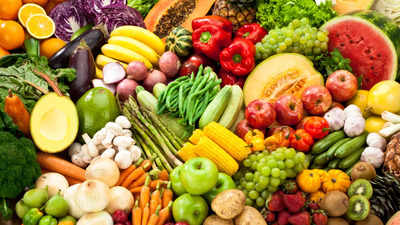
It is often said that to lead a healthy lifestyle, one should eat well, rest well, and also indulge in some or the other physical activities. All these together not just increase your metabolism but also help increase life expectancy.
Today, when every other food is adulterated and people don't have time to cook and rely on packaged foods, it has become immensely important to indulge in healthy eating practices.Keeping it in view, Indian Council of Medical Research (ICMR) and the National Institute of Nutrition (NIN) has jointly released a New Dietary Guideline for Indians, which focuses on holistic development of every individual. The guideline issued with a detailed report has mentioned that 56% diseases in India are linked to diet and to deal with it they have issued the new diet guidelines, which will also promote healthy diets and lifestyles, warding off nutrient deficiencies and non-communicable diseases.
ICMR's guideline also talks about the macronutrients and micronutrients. It recommends sourcing macronutrients and micronutrients from a minimum of eight groups of foods. It stated that the intake of cereals should be restricted to 45 percent of the total energy, which is currently as much as 50 to 70 percent.
Also Read:56% diseases in India linked to diet.ICMR warns against protein supplements

What is a healthy meal?
As per the report, a healthy meal (food) includes generous amounts of vegetables, adequate whole grains, and pulses or beans, along with modest portions of nuts or seeds, complemented by a selection of fruits and plain fermented yogurt or curd. It is free of added sugars or contains very minimal amounts, and is seasoned with minimal oil/fats and salt for taste.
According to the guidelines, for a 2000 kcal intake a day, people should eat about 250 grams of cereals, 400 grams of vegetables, 100 grams of fruits, 85 grams of pulses/eggs/flesh foods, 35 grams of nuts and seeds, and 27 grams of fat/oils.
Also Read:Why ICMR has advised against cooking in non-stick pans
Take a look at the detailed ICMR’S 17 points dietary guidelines
1. Eat a variety of foods to ensure a balanced diet: Nutritionally adequate diet or a balanced diet should be consumed through a wise choice of food items from a variety of food groups.
2. Ensure provision of extra food and healthcare during pregnancy and lactation: Additional nutritious food and care are required during pregnancy and lactation.

3. Ensure exclusive breastfeeding for the first six months; continue breastfeeding till two years and beyond: Exclusive breastfeeding for the first six month ensures nutritional adequacy for infant growth and development and also the health of the mother.
4. After six months of age, the infant should be fed homemade semi-solid complementary foods: Homemade foods are economical, easy to cook, safe and healthy for a growing baby.
5. Ensure adequate and appropriate diets for children and adolescents in health and sickness: Balanced diets for children above two years and adolescents help optimum growth and boosts their immunity.
6. Eat plenty of vegetables and legumes: Vegetables and green leafy vegetables provide several vitamins and minerals and offer protection from micronutrient deficiencies and various diseases.
7. Use oil/fats in moderation; choose a variety of oil seeds, nuts etc. to meet daily needs of fats and essential fatty acids: Using a diverse variety of oil seeds, nuts, and whole grains provide a balance of all fatty acids. Refined or extracted oils are processed products, hence it is best to use them in moderation.
Also Read:Eating this much sugar daily is safe as per ICMR

8. Obtain good equality proteins and essential amino acids; avoid protein supplements to build muscle mass: Maintaining good muscle mass is crucial for good health. Consuming good quality protein and following resistance exercise routine for greater muscle mass development and preservation.
9. Adopt a healthy lifestyle to prevent abdominal obesity, overweight and overall obesity: Besides overweight and general or overall obesity, abdominal obesity that is indicative of excess fat in the abdominal cavity with accumulation of fat in and around the internal organs is associated with risk of lifestyle diseases.
10. Be physically active, exercise regularly: Regular physical activity, yoga and exercise keep one physically and mentally fit and promote good health.
11. Restrict salt intake: Increased salt (sodium chloride) intaka poses a health risk and may lead to hypertension and related heart disease and stroke.

12. Consume safe and clean foods: Contaminated foods cause several food-borne illnesses, chronic diseases, and may also contribute to malnutrition.
13. Ensure appropriate pre-cooking and cooking methods are used: Healthy cooking practices are important for good health
14. Drink plenty of water: Adequate water is important for maintaining good health.
15. Minimise the consumption of ultra-processed foods and high-fat, sugar, salt: Ultra-processed foods are often high in fat, sugar, and salt.Regular consumption of these foods are known to increase the risk of non-communicable diseases like diabetes, hypertension, cardiovascular diseases, and more.
16. Include nutrient-rich foods in the diets of elderly for health and wellness: To remain healthy and active, elderly people need foods rich in vitamins and minerals along with adequate physical activity.
17. Read information on food labels: Most of the food items are now available in pre-packaged form. Therefore, the consumer needs to know what id inside the pack. Also, food labels on a package provide information about contents, ingredients, and nutritional information as well as shelf life. Reading the label can help to make an assessment of the nutritional quality and safety of the foods and make an informed choice.
Thumb and Embed Images Courtesy: istock
Today, when every other food is adulterated and people don't have time to cook and rely on packaged foods, it has become immensely important to indulge in healthy eating practices.Keeping it in view, Indian Council of Medical Research (ICMR) and the National Institute of Nutrition (NIN) has jointly released a New Dietary Guideline for Indians, which focuses on holistic development of every individual. The guideline issued with a detailed report has mentioned that 56% diseases in India are linked to diet and to deal with it they have issued the new diet guidelines, which will also promote healthy diets and lifestyles, warding off nutrient deficiencies and non-communicable diseases.
ICMR's guideline also talks about the macronutrients and micronutrients. It recommends sourcing macronutrients and micronutrients from a minimum of eight groups of foods. It stated that the intake of cereals should be restricted to 45 percent of the total energy, which is currently as much as 50 to 70 percent.
Also Read:56% diseases in India linked to diet.ICMR warns against protein supplements
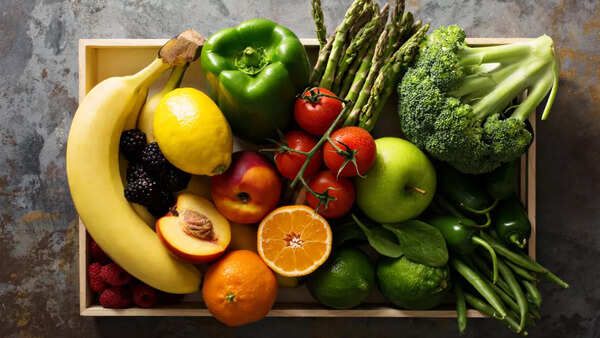
What is a healthy meal?
As per the report, a healthy meal (food) includes generous amounts of vegetables, adequate whole grains, and pulses or beans, along with modest portions of nuts or seeds, complemented by a selection of fruits and plain fermented yogurt or curd. It is free of added sugars or contains very minimal amounts, and is seasoned with minimal oil/fats and salt for taste.
According to the guidelines, for a 2000 kcal intake a day, people should eat about 250 grams of cereals, 400 grams of vegetables, 100 grams of fruits, 85 grams of pulses/eggs/flesh foods, 35 grams of nuts and seeds, and 27 grams of fat/oils.
Also Read:Why ICMR has advised against cooking in non-stick pans
Take a look at the detailed ICMR’S 17 points dietary guidelines
1. Eat a variety of foods to ensure a balanced diet: Nutritionally adequate diet or a balanced diet should be consumed through a wise choice of food items from a variety of food groups.
2. Ensure provision of extra food and healthcare during pregnancy and lactation: Additional nutritious food and care are required during pregnancy and lactation.
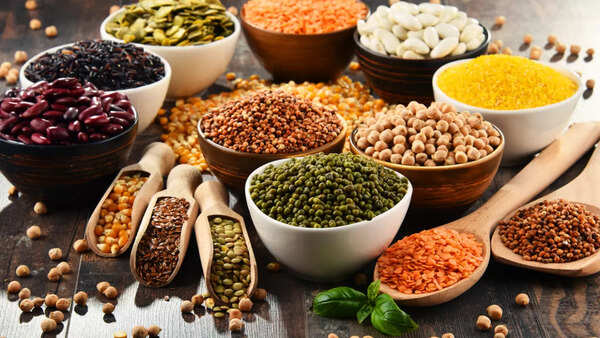
3. Ensure exclusive breastfeeding for the first six months; continue breastfeeding till two years and beyond: Exclusive breastfeeding for the first six month ensures nutritional adequacy for infant growth and development and also the health of the mother.
4. After six months of age, the infant should be fed homemade semi-solid complementary foods: Homemade foods are economical, easy to cook, safe and healthy for a growing baby.
5. Ensure adequate and appropriate diets for children and adolescents in health and sickness: Balanced diets for children above two years and adolescents help optimum growth and boosts their immunity.
6. Eat plenty of vegetables and legumes: Vegetables and green leafy vegetables provide several vitamins and minerals and offer protection from micronutrient deficiencies and various diseases.
7. Use oil/fats in moderation; choose a variety of oil seeds, nuts etc. to meet daily needs of fats and essential fatty acids: Using a diverse variety of oil seeds, nuts, and whole grains provide a balance of all fatty acids. Refined or extracted oils are processed products, hence it is best to use them in moderation.
Also Read:Eating this much sugar daily is safe as per ICMR
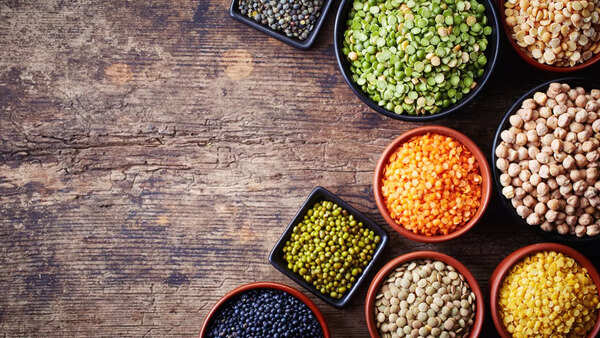
8. Obtain good equality proteins and essential amino acids; avoid protein supplements to build muscle mass: Maintaining good muscle mass is crucial for good health. Consuming good quality protein and following resistance exercise routine for greater muscle mass development and preservation.
9. Adopt a healthy lifestyle to prevent abdominal obesity, overweight and overall obesity: Besides overweight and general or overall obesity, abdominal obesity that is indicative of excess fat in the abdominal cavity with accumulation of fat in and around the internal organs is associated with risk of lifestyle diseases.
10. Be physically active, exercise regularly: Regular physical activity, yoga and exercise keep one physically and mentally fit and promote good health.
11. Restrict salt intake: Increased salt (sodium chloride) intaka poses a health risk and may lead to hypertension and related heart disease and stroke.
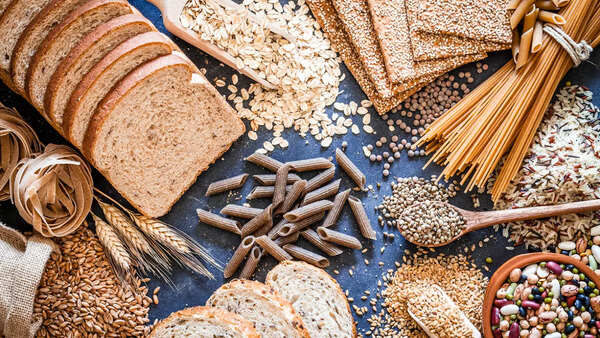
12. Consume safe and clean foods: Contaminated foods cause several food-borne illnesses, chronic diseases, and may also contribute to malnutrition.
13. Ensure appropriate pre-cooking and cooking methods are used: Healthy cooking practices are important for good health
14. Drink plenty of water: Adequate water is important for maintaining good health.
15. Minimise the consumption of ultra-processed foods and high-fat, sugar, salt: Ultra-processed foods are often high in fat, sugar, and salt.Regular consumption of these foods are known to increase the risk of non-communicable diseases like diabetes, hypertension, cardiovascular diseases, and more.
16. Include nutrient-rich foods in the diets of elderly for health and wellness: To remain healthy and active, elderly people need foods rich in vitamins and minerals along with adequate physical activity.
17. Read information on food labels: Most of the food items are now available in pre-packaged form. Therefore, the consumer needs to know what id inside the pack. Also, food labels on a package provide information about contents, ingredients, and nutritional information as well as shelf life. Reading the label can help to make an assessment of the nutritional quality and safety of the foods and make an informed choice.
Thumb and Embed Images Courtesy: istock
End of Article
FOLLOW US ON SOCIAL MEDIA









